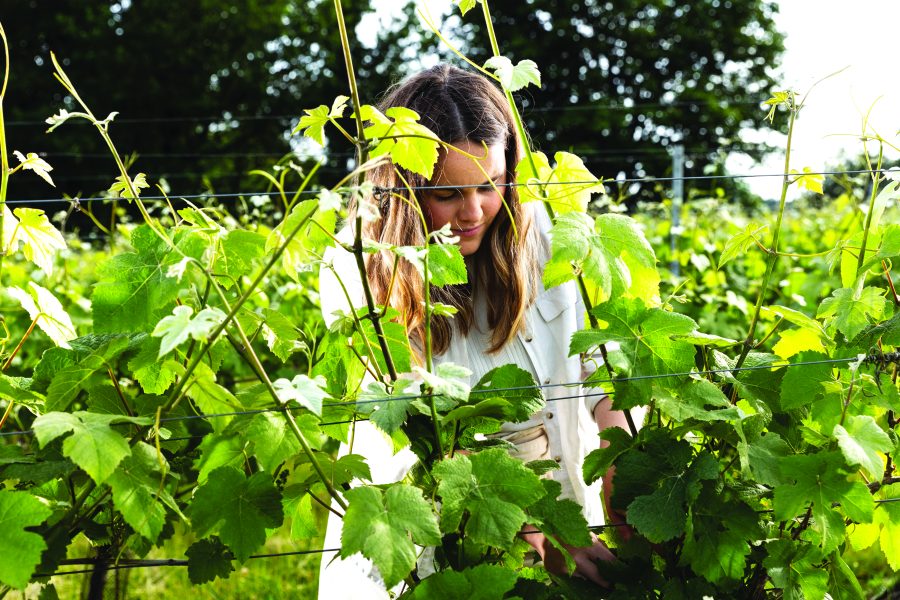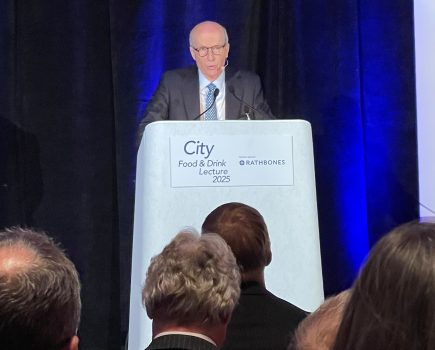On the back of last year’s bumper crop, the potential for the 2024 fruit crop load was always going to be lower. The wet weather that commenced during flowering caused stuck flower caps, which prevented pollination and reduced the overall fruit set.
As a result, the early sites and early varieties generally achieved a reasonable fruit set, but later sites generally have poorer crop prospects. The lower crop load, however, does have some benefits. The practical theory of maintaining crop balance (bunch to leaf ratio), means that with a reduced crop load comes less need to thin and therefore reduced canopy management costs.
At this stage in the season, with harvest nearly upon us, the main aim is to encourage the crop to ripen. Potassium sprays can encourage sugar development, while boron and zinc help to enhance colouring of berries and brix levels. Growers may also want to consider an application of foliar nutrition influenced by the underlying soil type.
Typically, for chalky soils consider applications of iron and for sandy soils, consider boron and zinc. Clayey soils generally maintain a higher nutritional value, but due to the dry conditions at the end of the season, the soils have cracked, meaning that unless the roots are well established a good dose of nitrogen, phosphorous and potassium is suggested.
The major issue for this year has been downy mildew. The spores germinate in warm and wet conditions and are splashed onto the lower leaves of the canopy by rain or carried by wind. The spores grow a germ tube which can be likened to a human arm and enters and attaches itself through the leaf cell.
The fungus continues to develop and spread inside the leaf. It is important to understand the functionality of downy mildew spores because few chemical controls have the ability to control spores once they are inside leaf cells. The focus of control is protective measures rather than eradicants for this very reason.
In high pressure periods, reduce the spray application interval to seven days and track the forecast so that you are applying the products at the right time. The key element to downy mildew germination is the 10:10:24 model: conditions of 10°C, with 10mm for 24 hours, presents optimal spore germination.
Consider applying Ametoctradin and Dimethomorph as eradicant measures and Cyomoxanil combined with potassium phosphite for protection. If your vineyard hasn’t got a patch of downy mildew this year, please let me know; I would love to know your secret.
Finally, as we head into harvest and sugar levels develop, watch out for opportunistic Botrytis, wasps, spotted wing drosophila and anything else that likes to eat sweet, juicy fruits. Damage from pests and Botrytis come hand in hand when it comes to impacting maturing grapes.
Botrytis is an opportunistic pathogen, meaning it infects through wounds, and so fractures to the grape skin caused by feeding damage will increase the chances of infection. Other potential means of damage can include machinery, rubbing or splitting through wind and rain and too much of a heavy crop load.
You can create an environment within the canopy that discourages infection by allowing good air movement and increasing the UV light interception to the fruiting zone, which should give a relatively dry environment.
For more like this, sign up for the FREE South East Farmer e-newsletter here and receive all the latest farming news, reviews and insight straight to your inbox.







